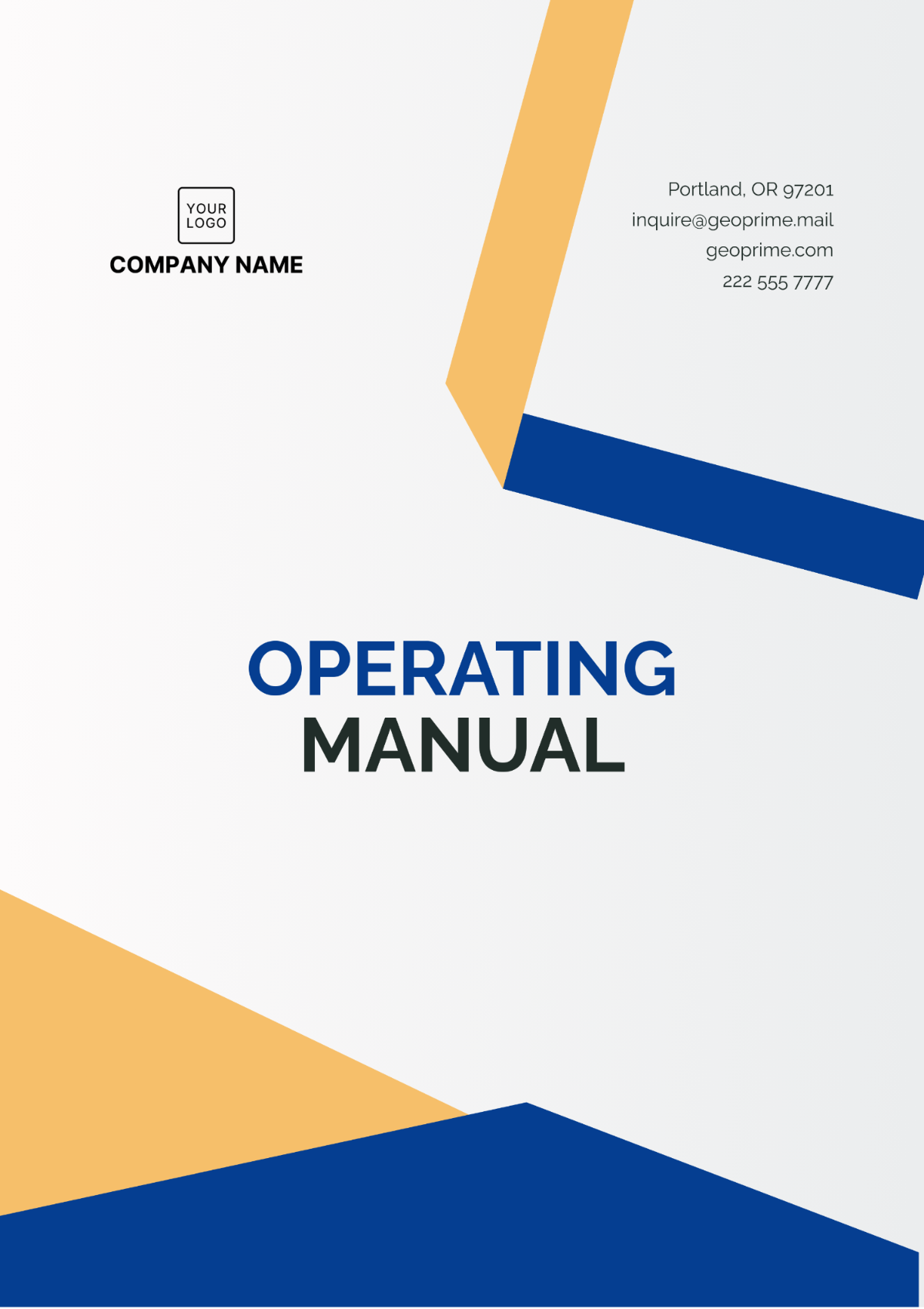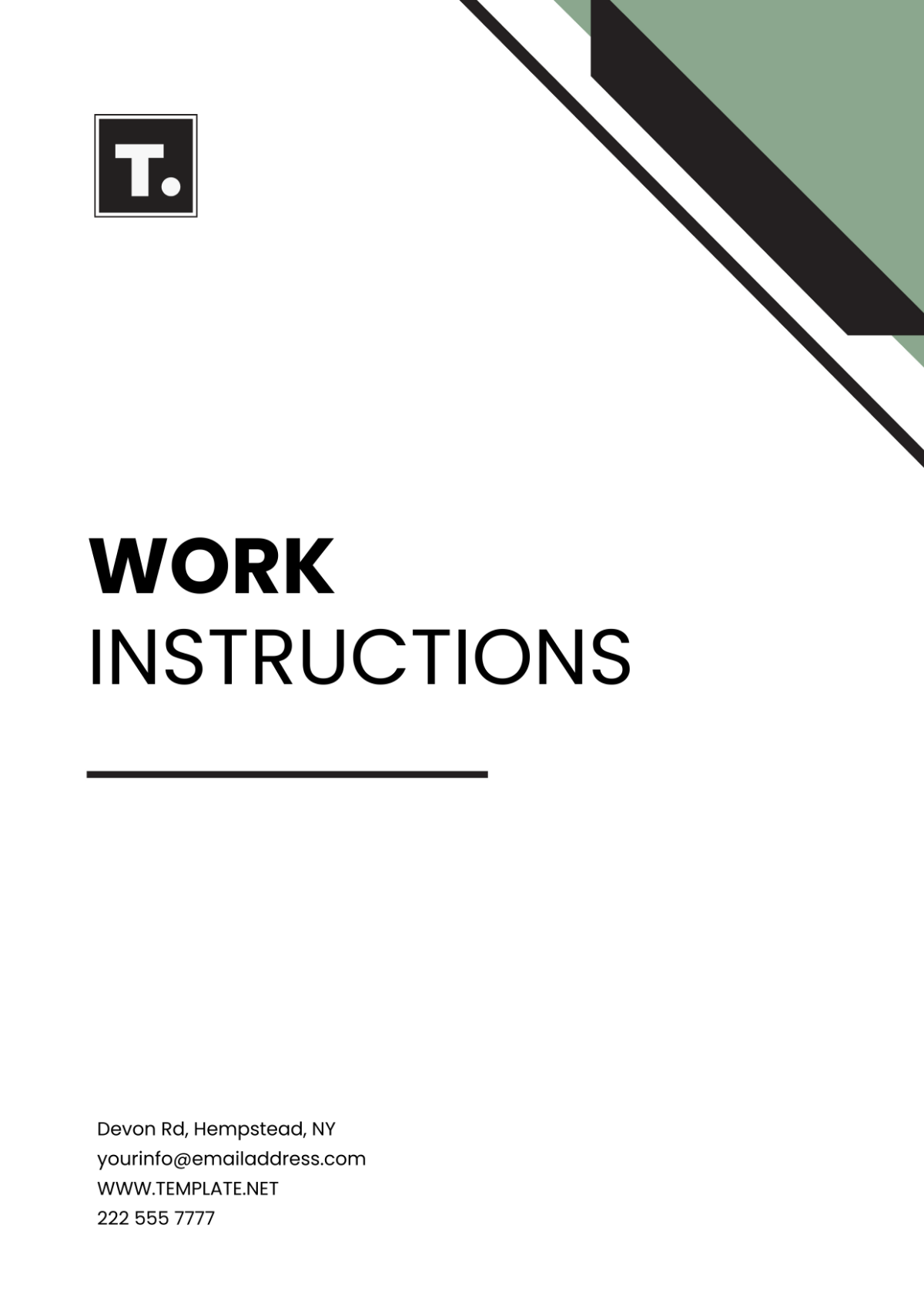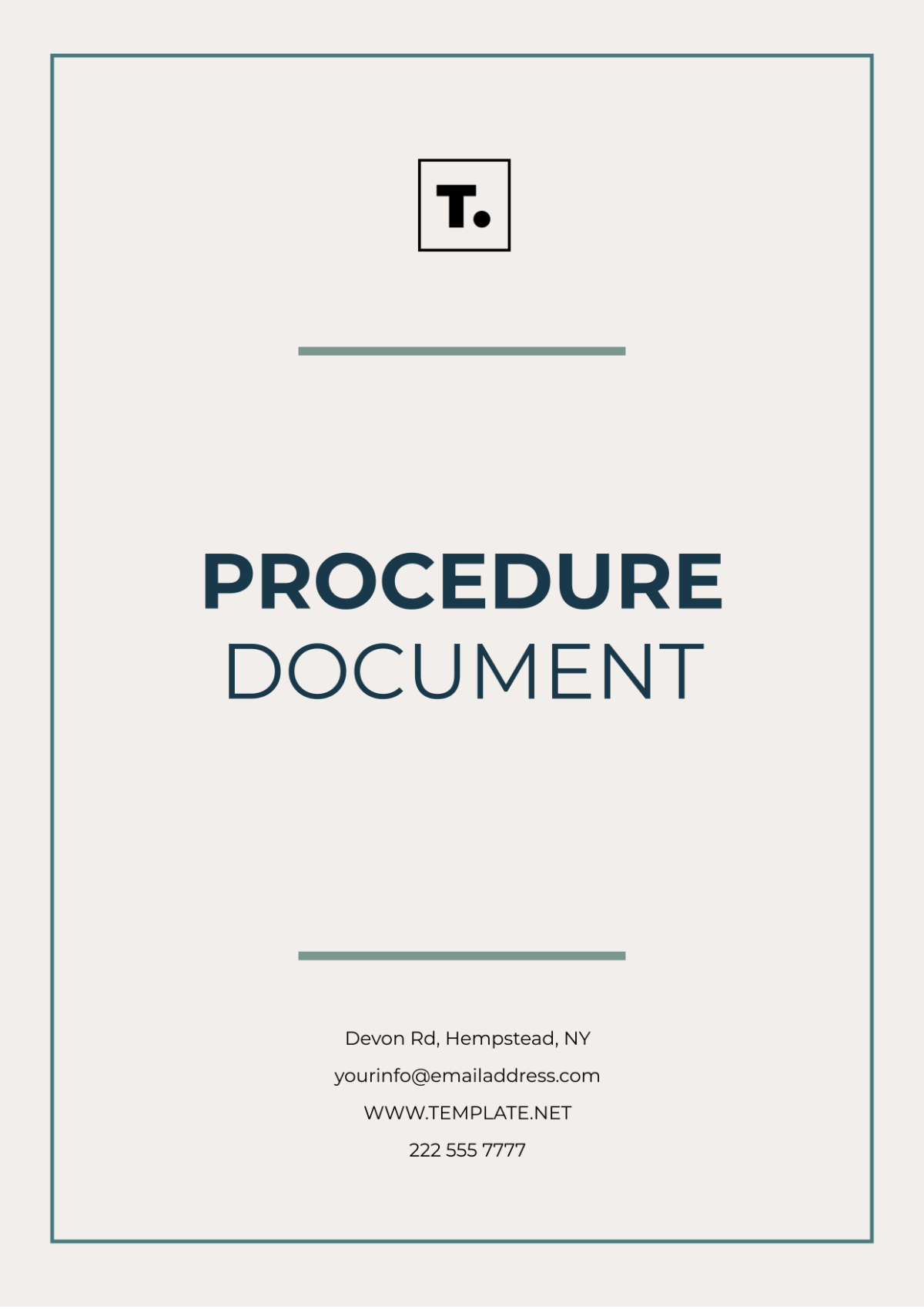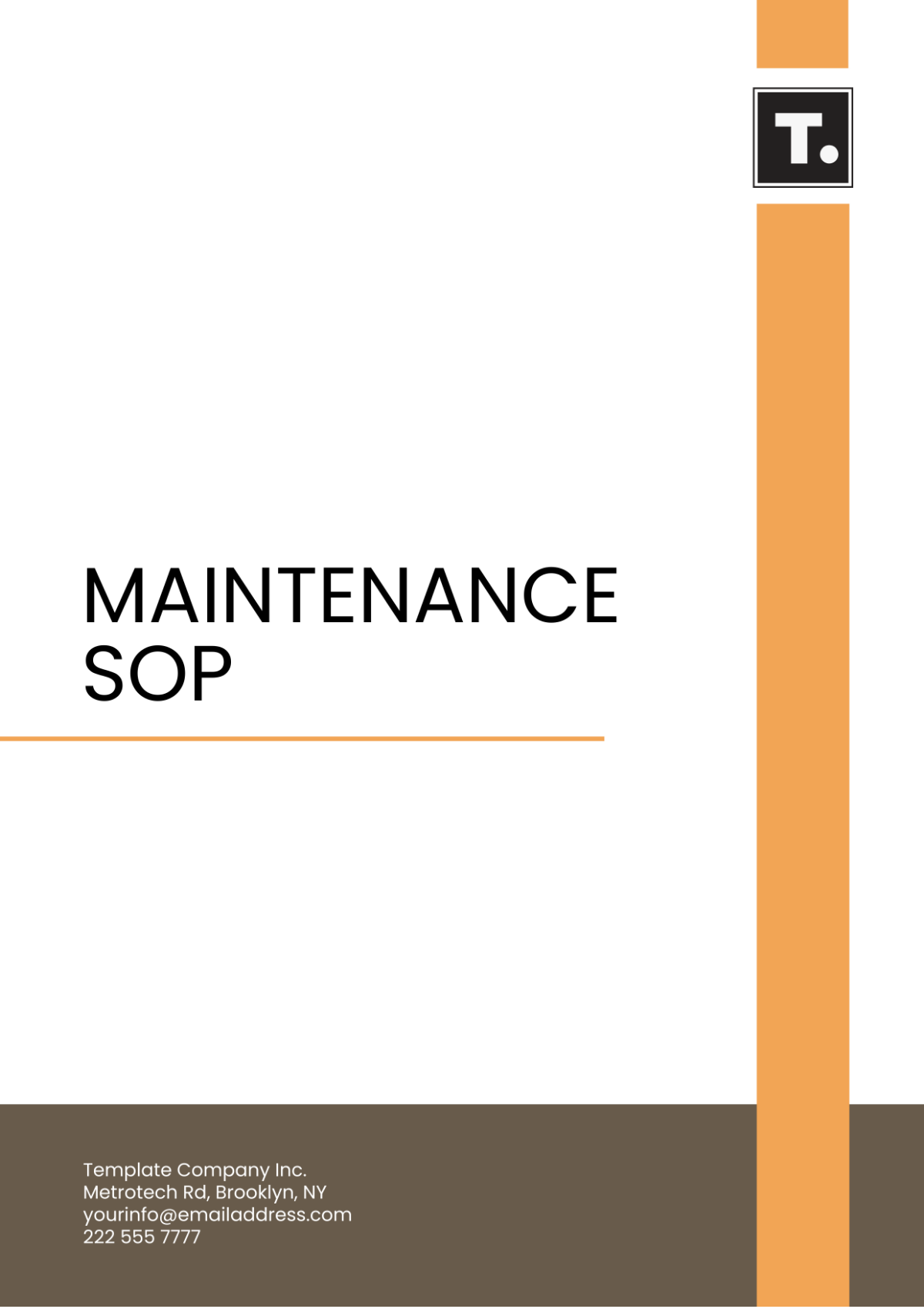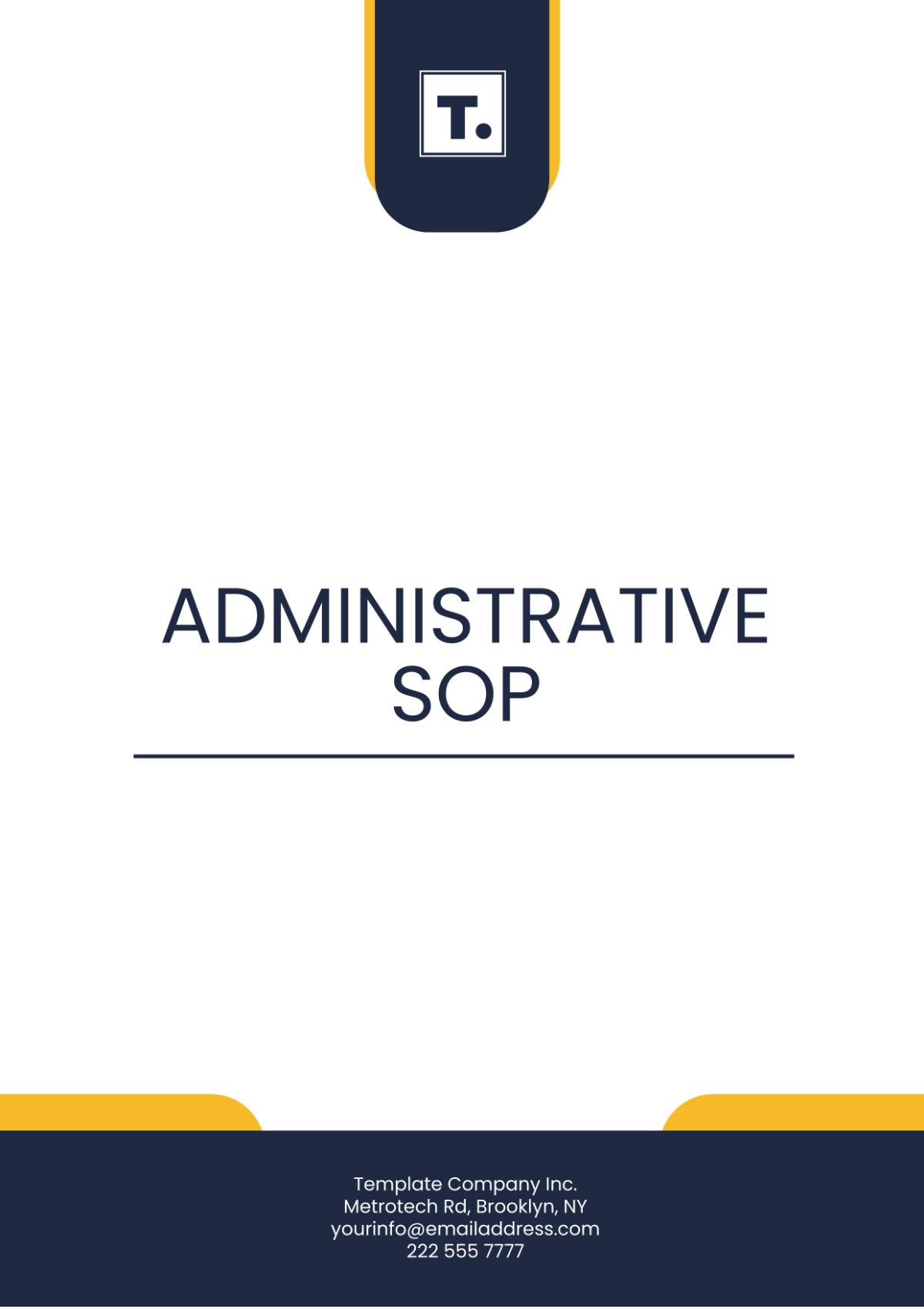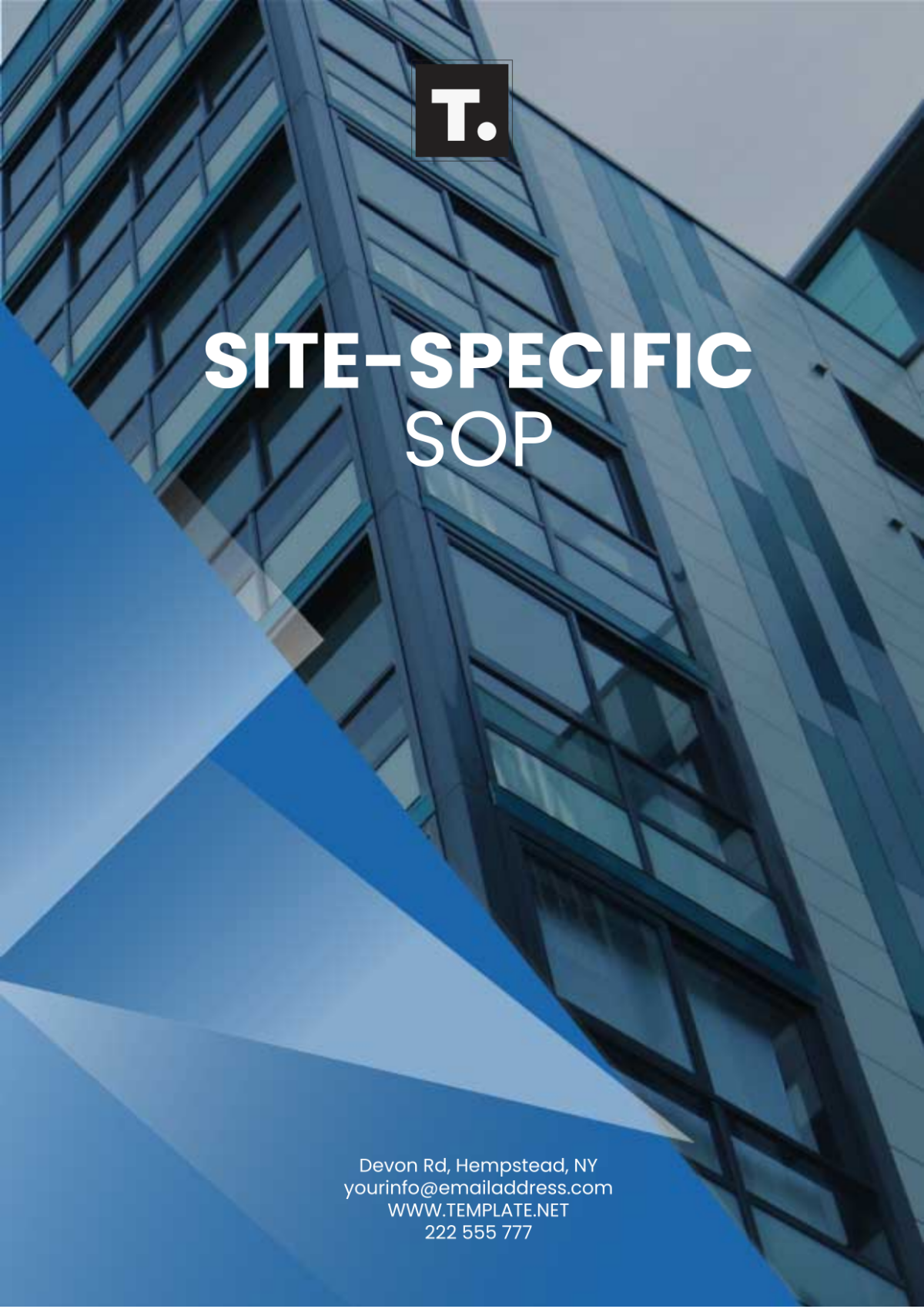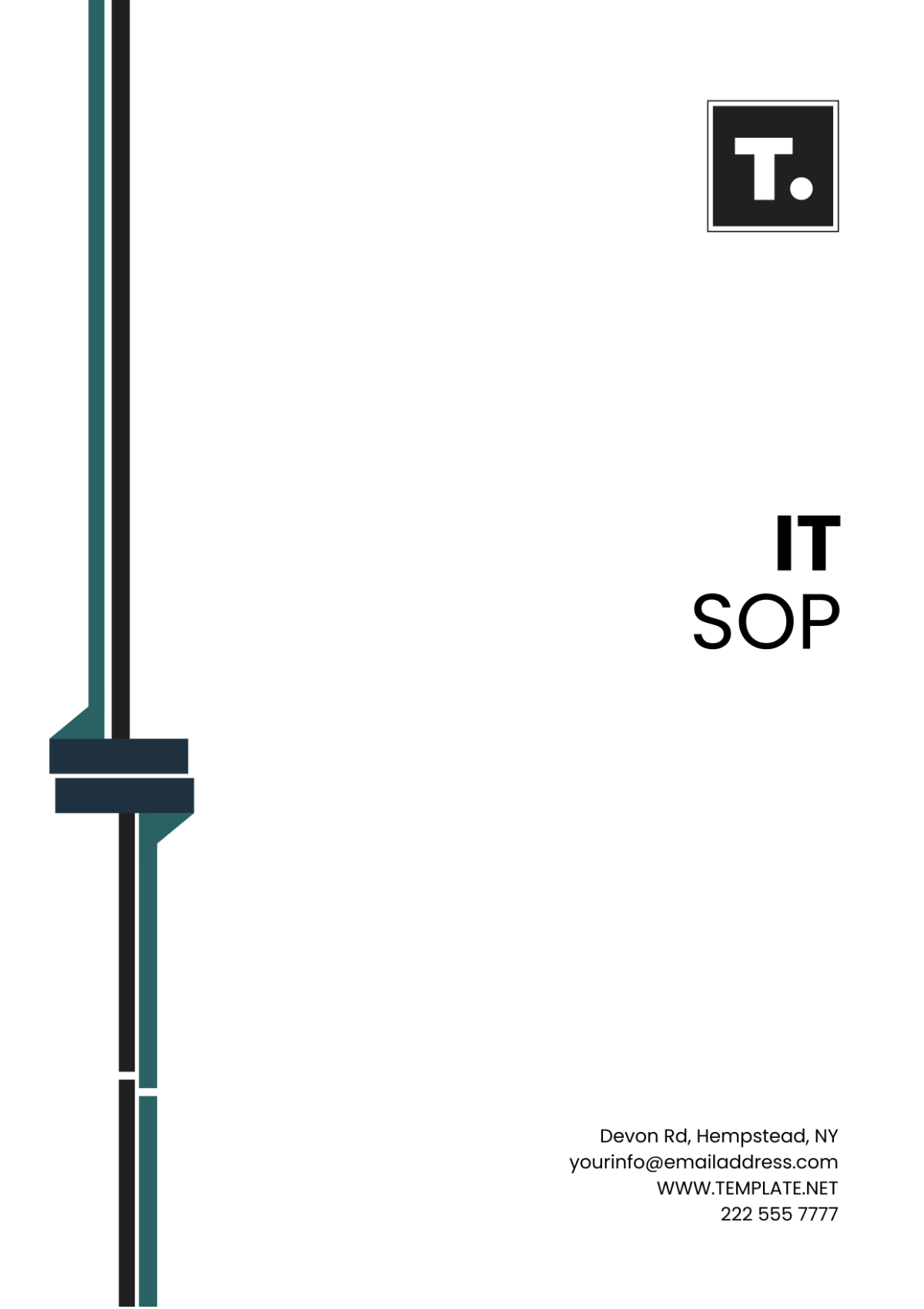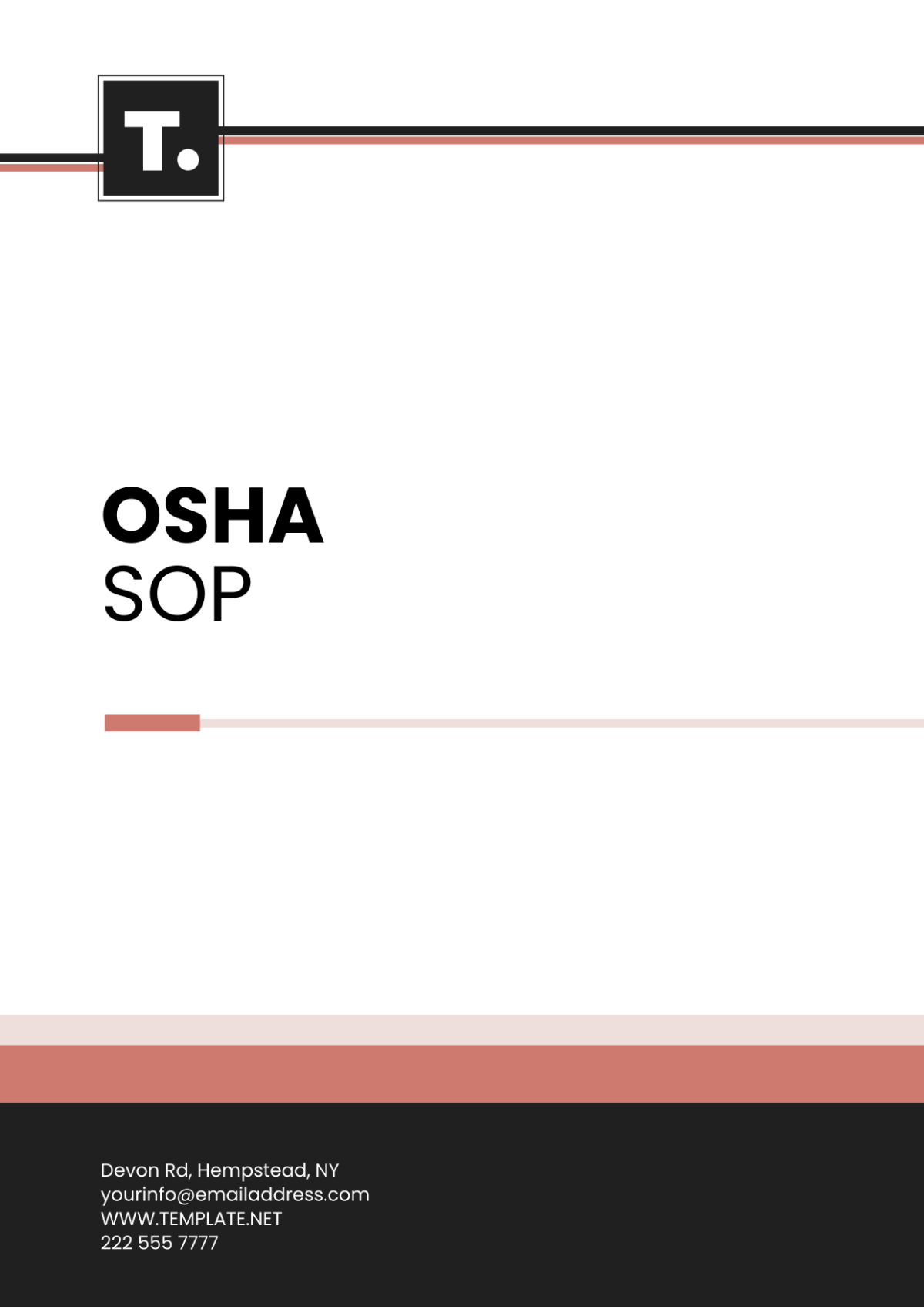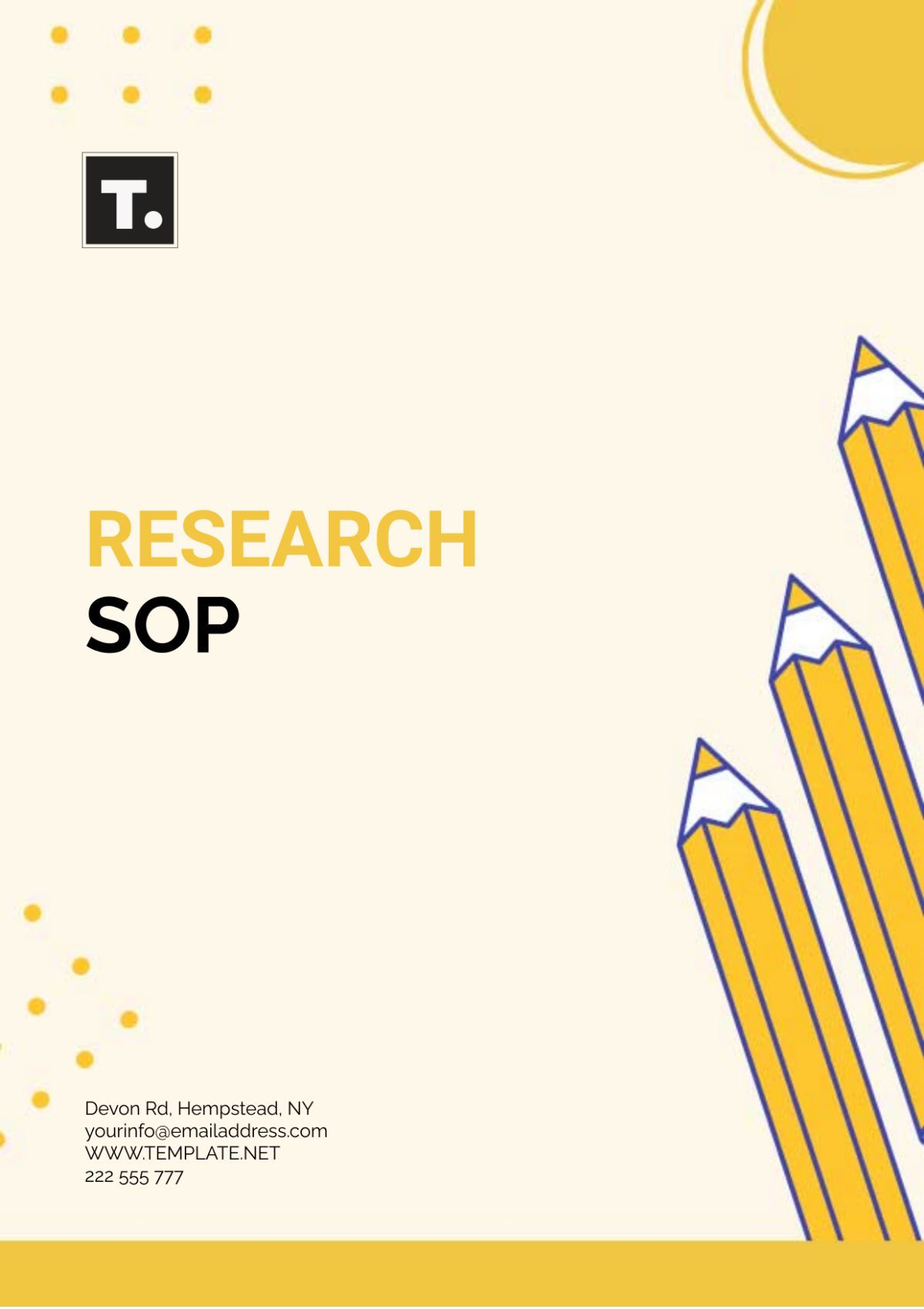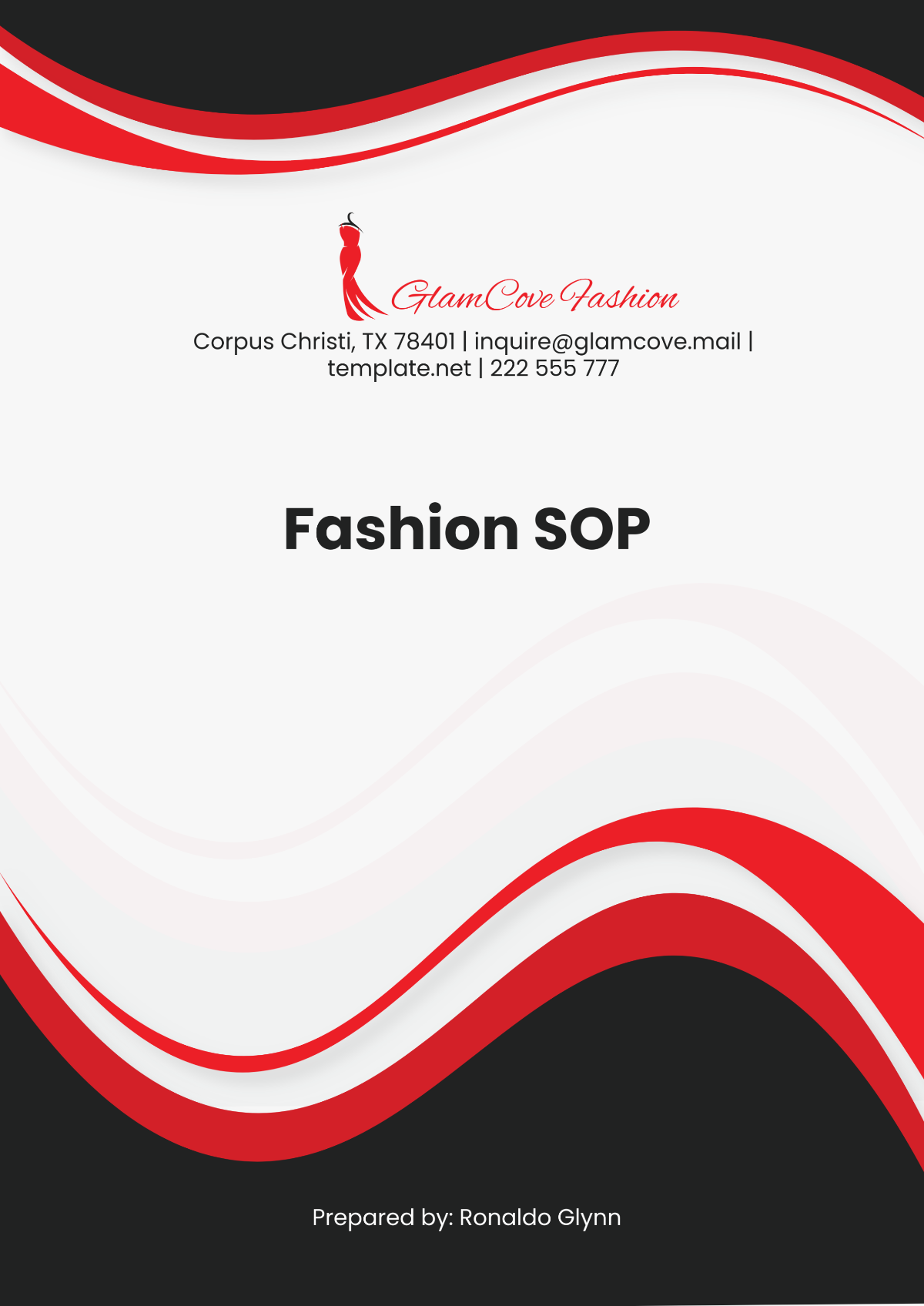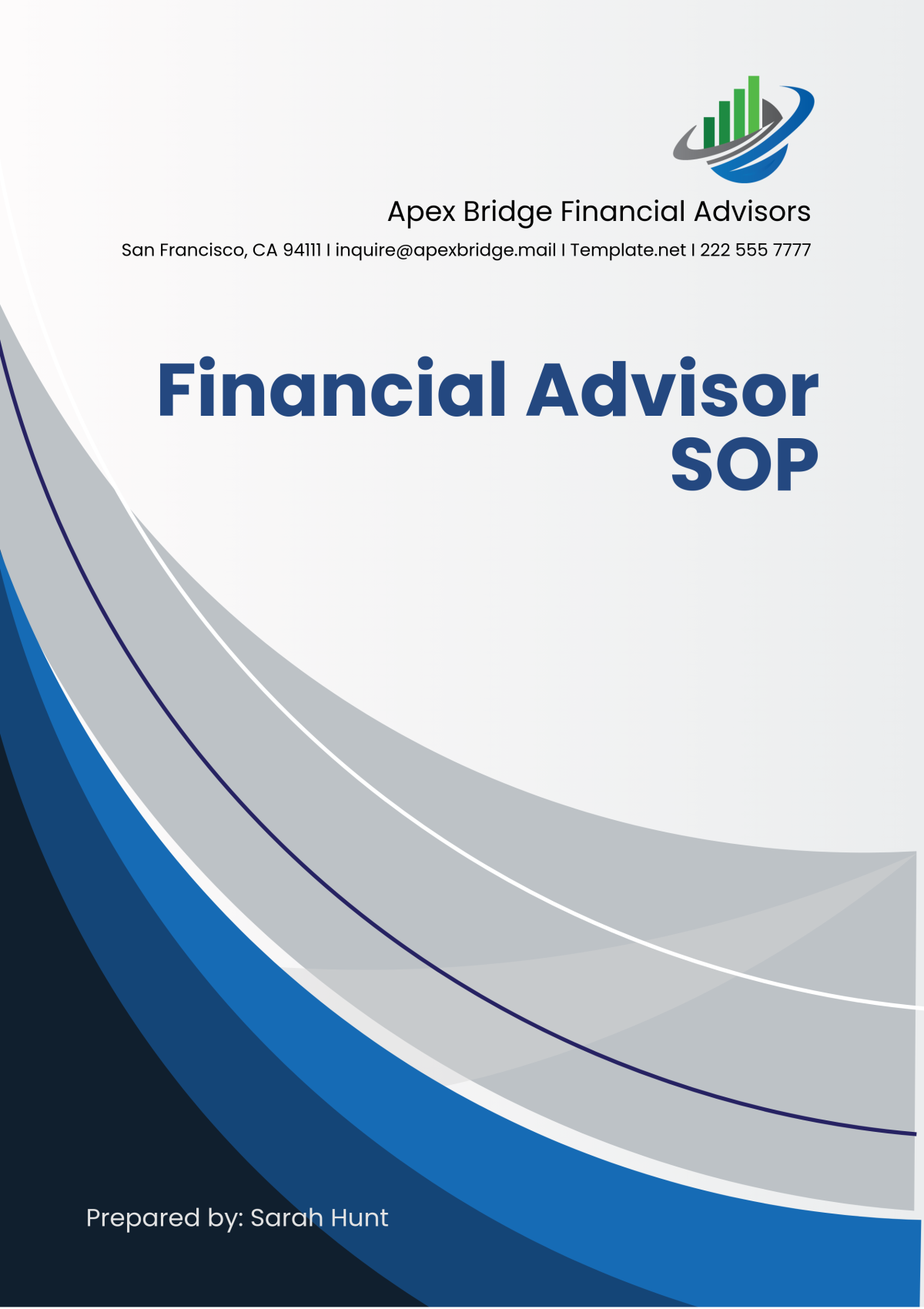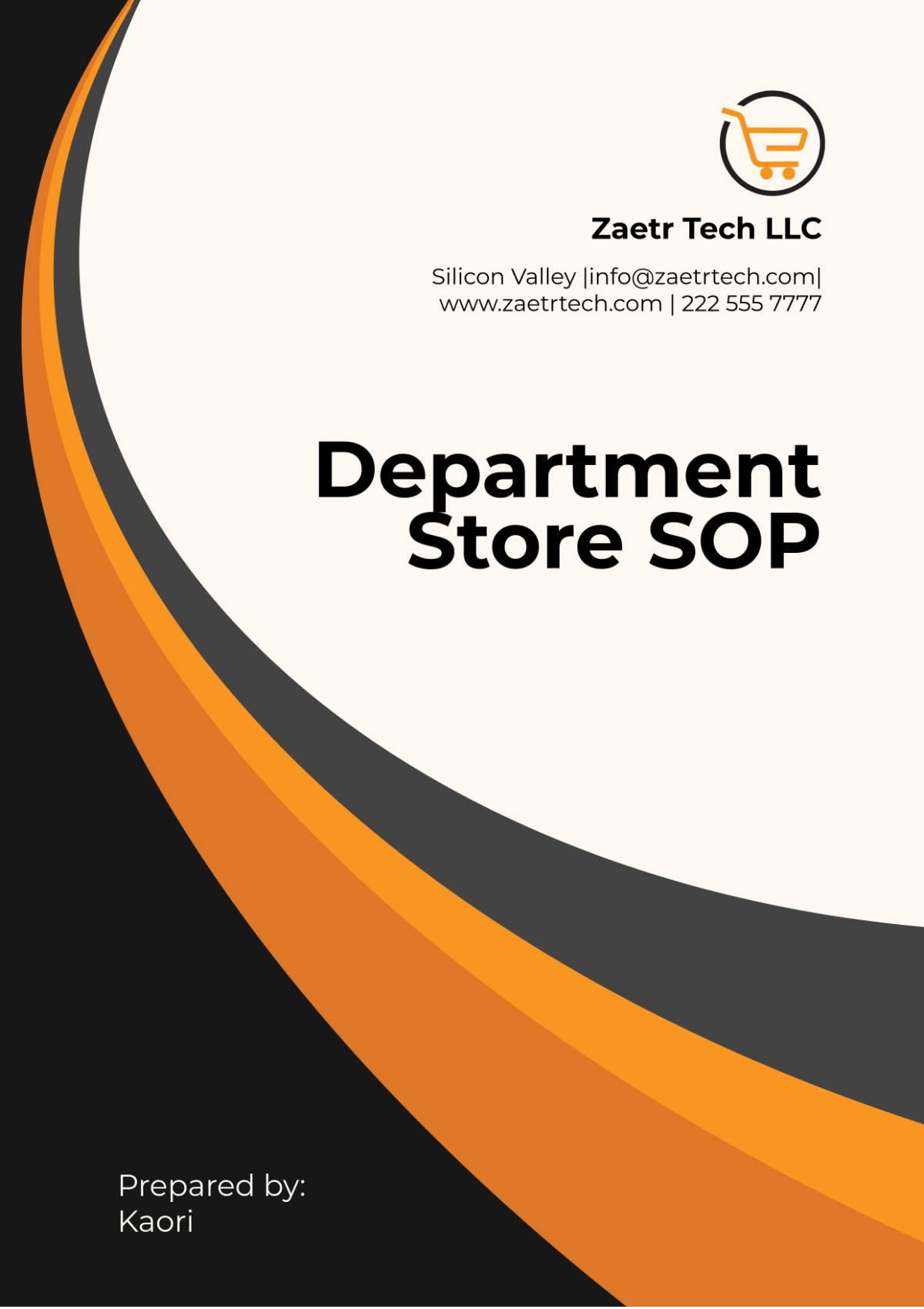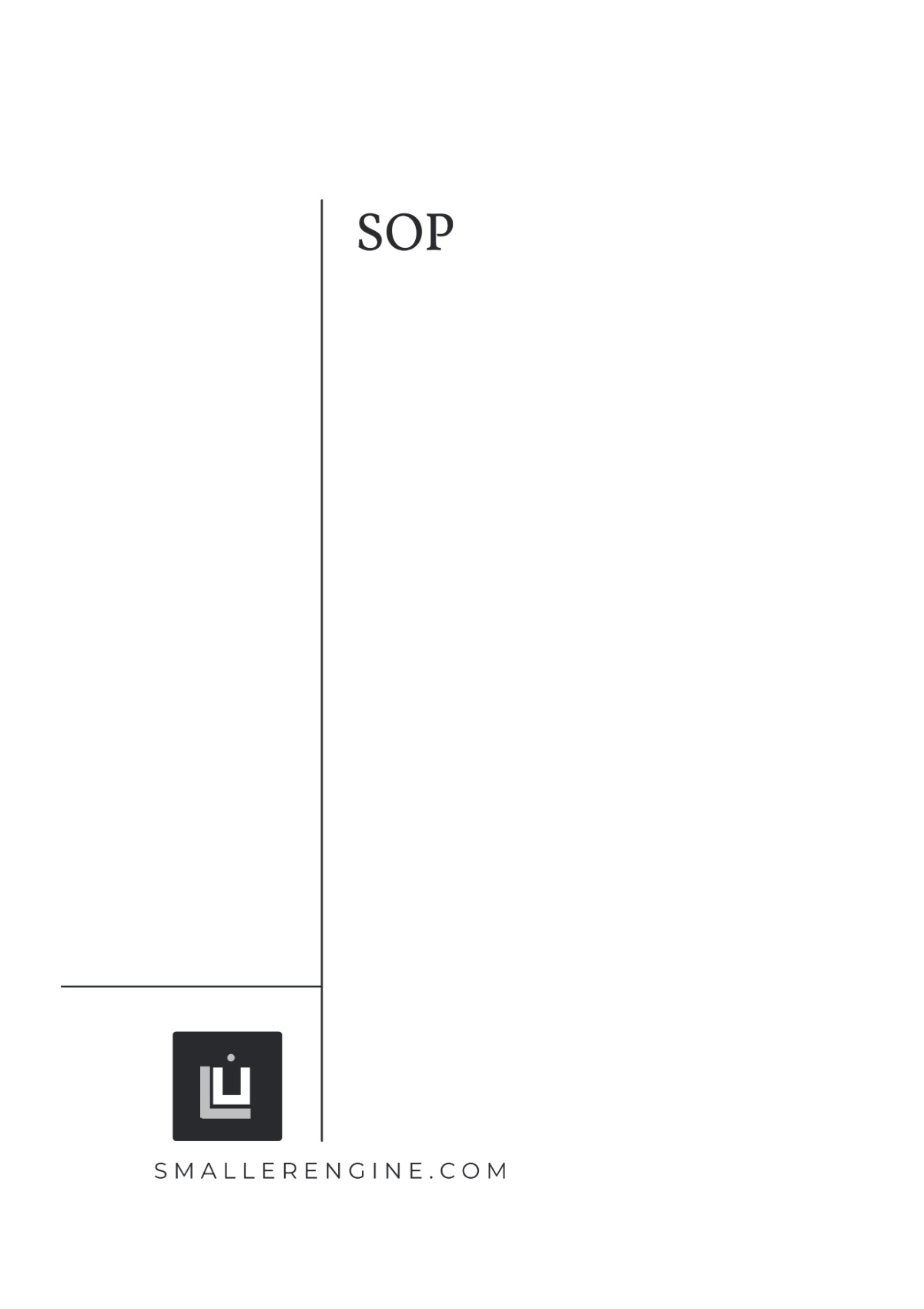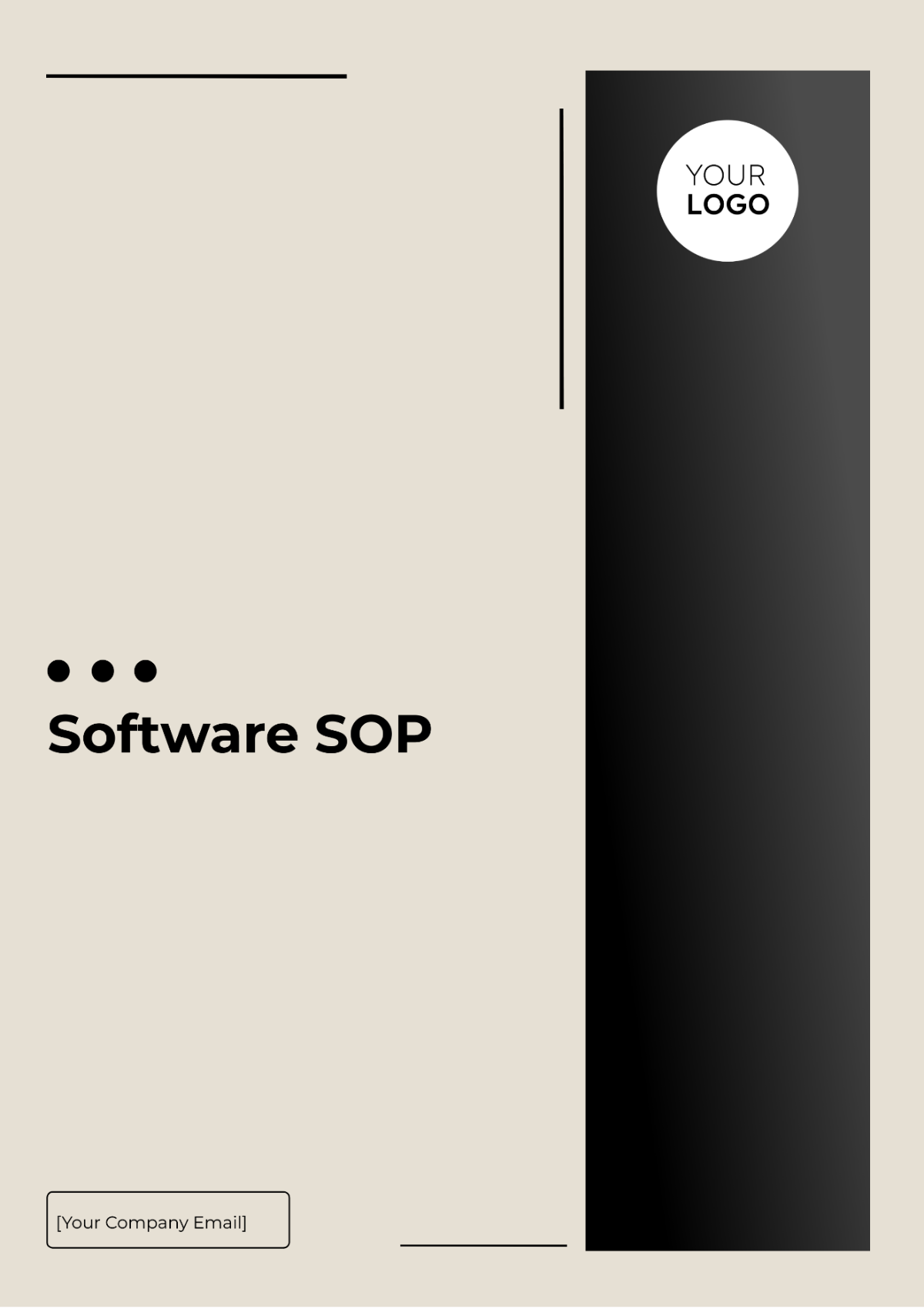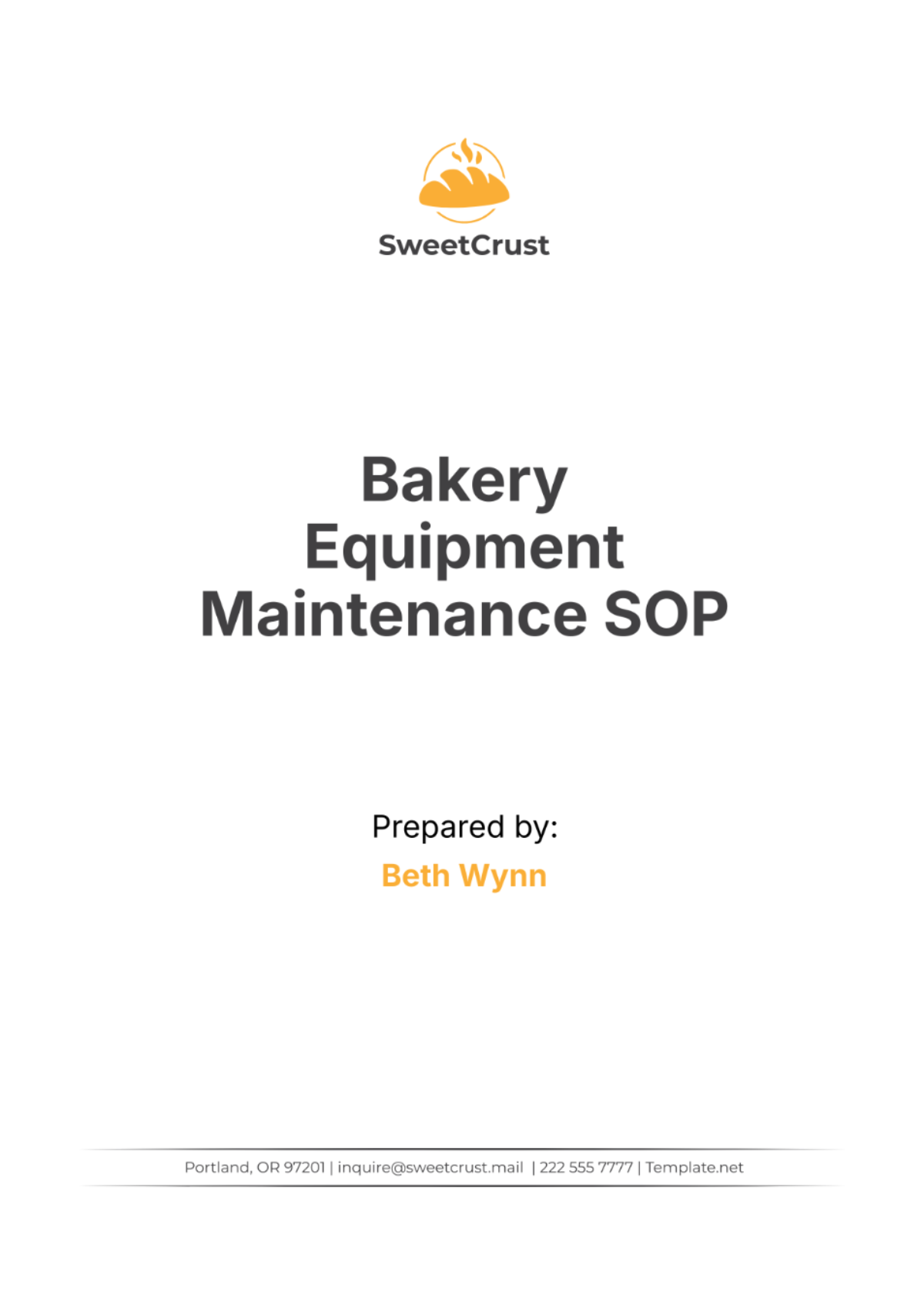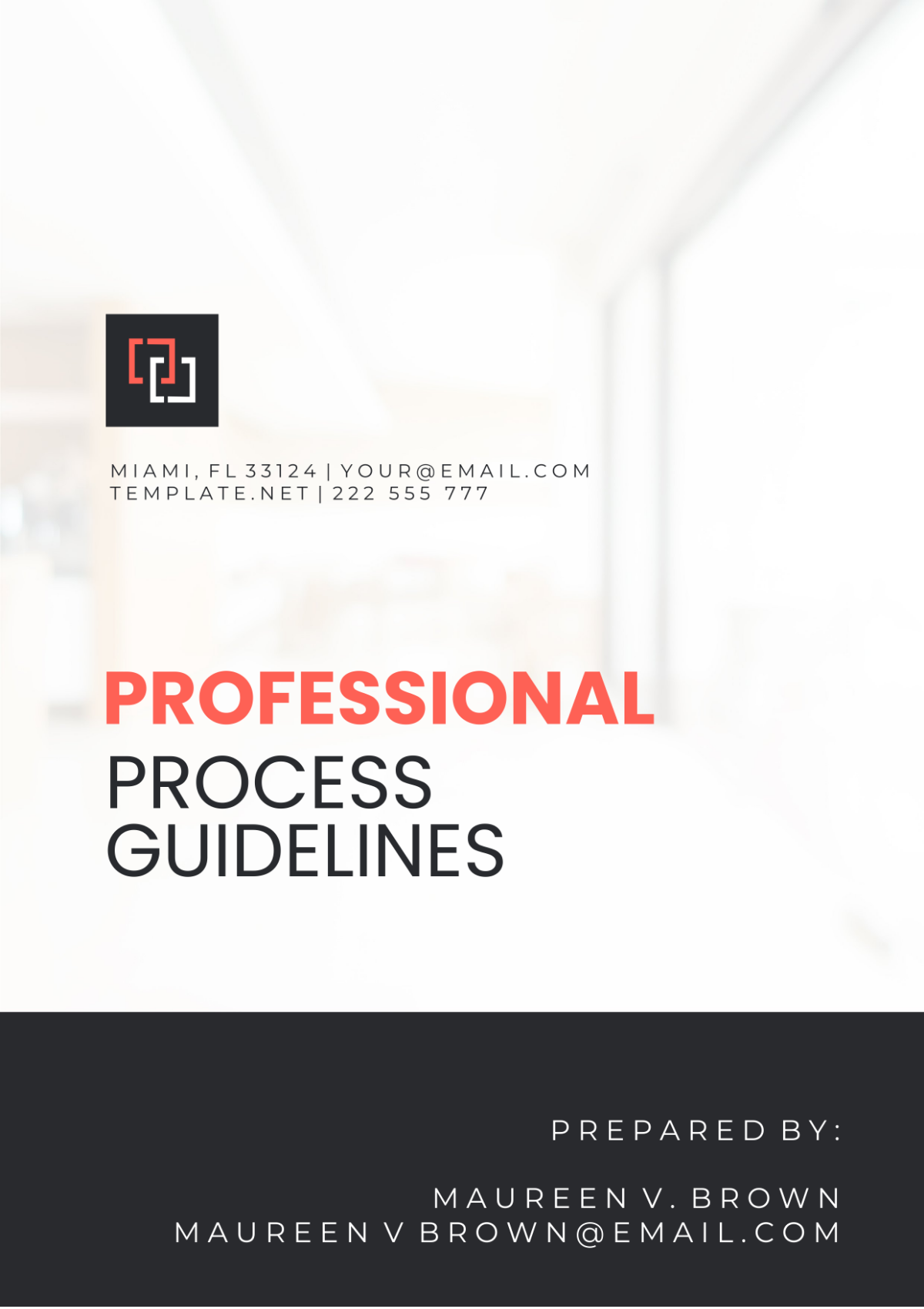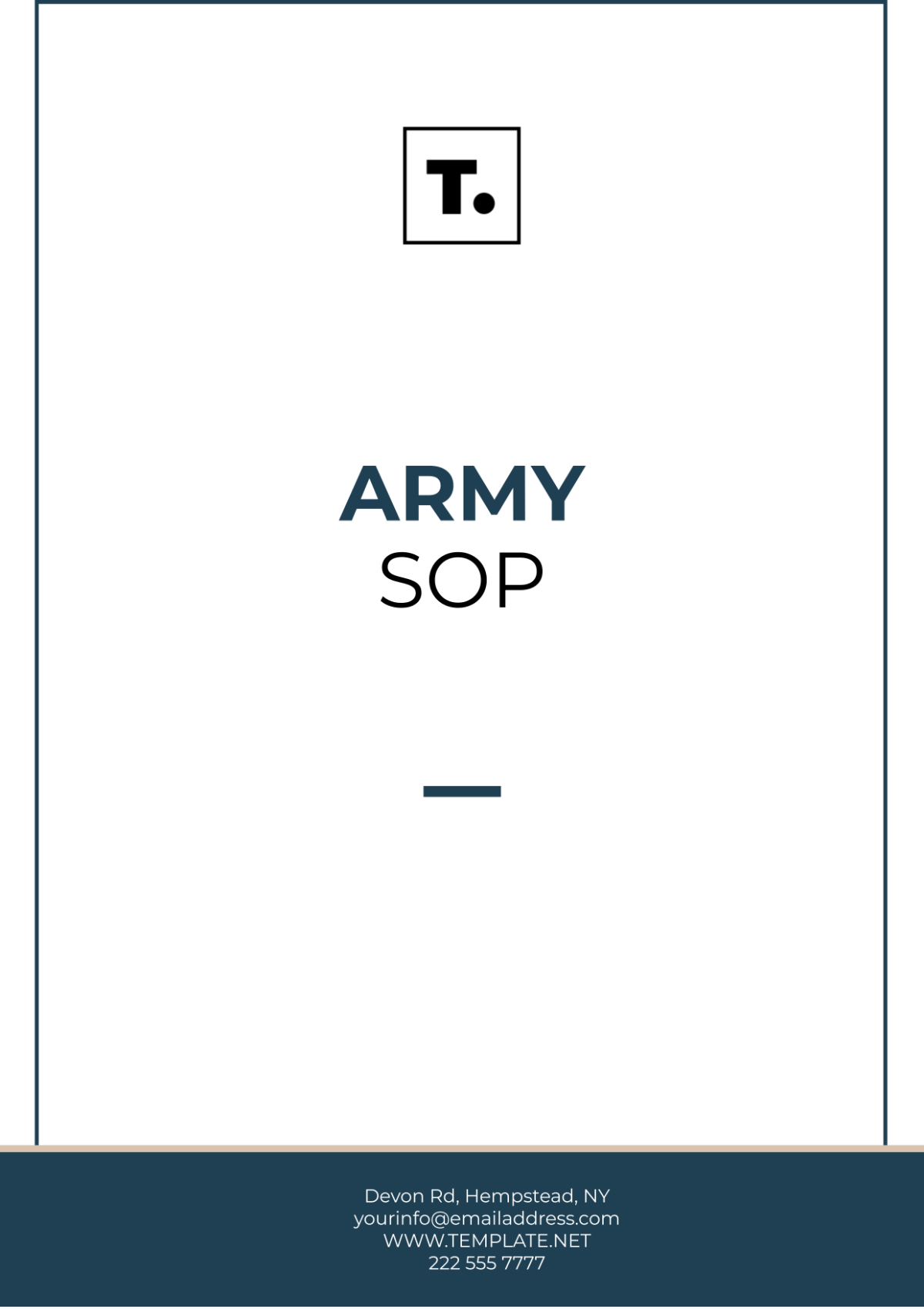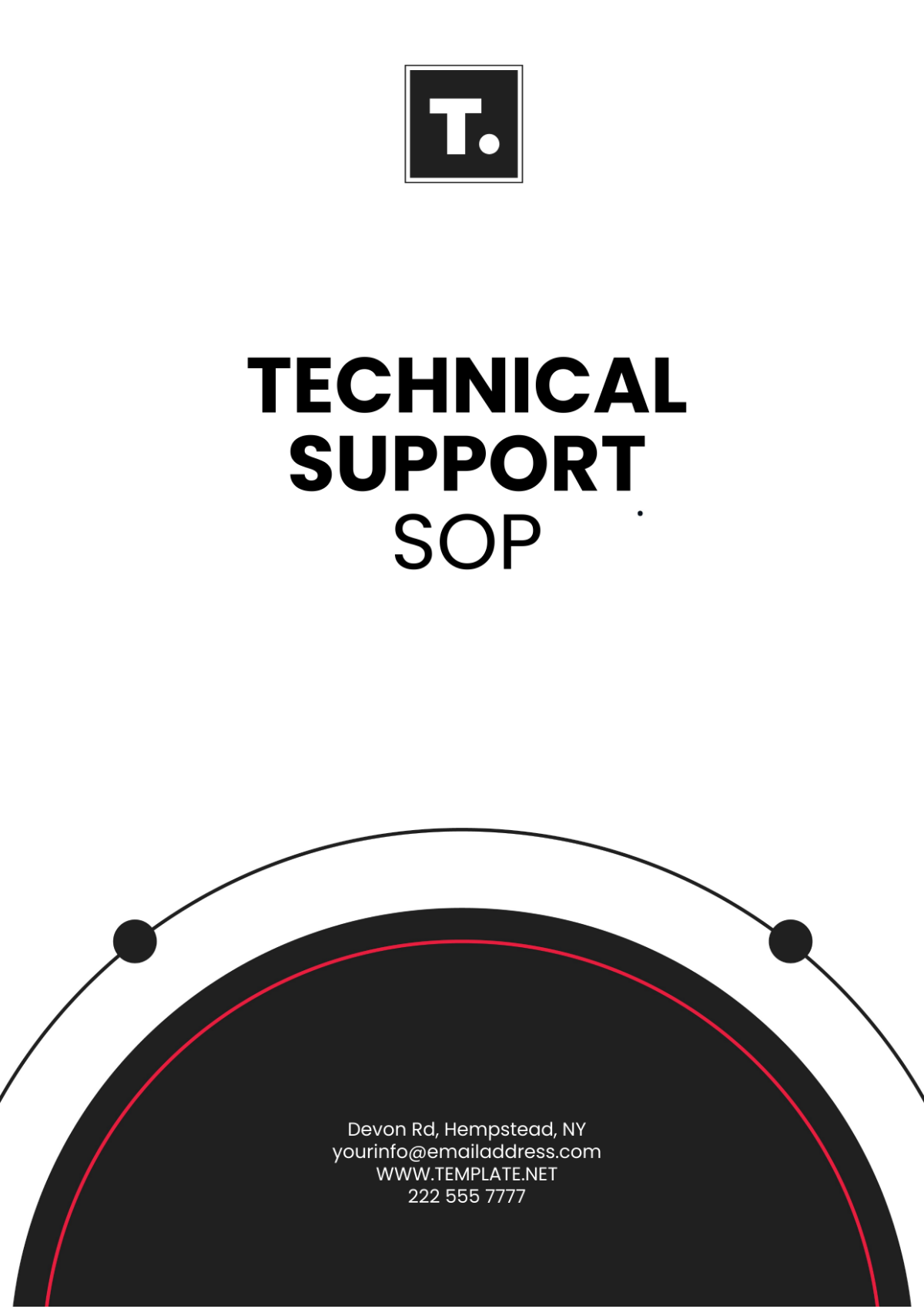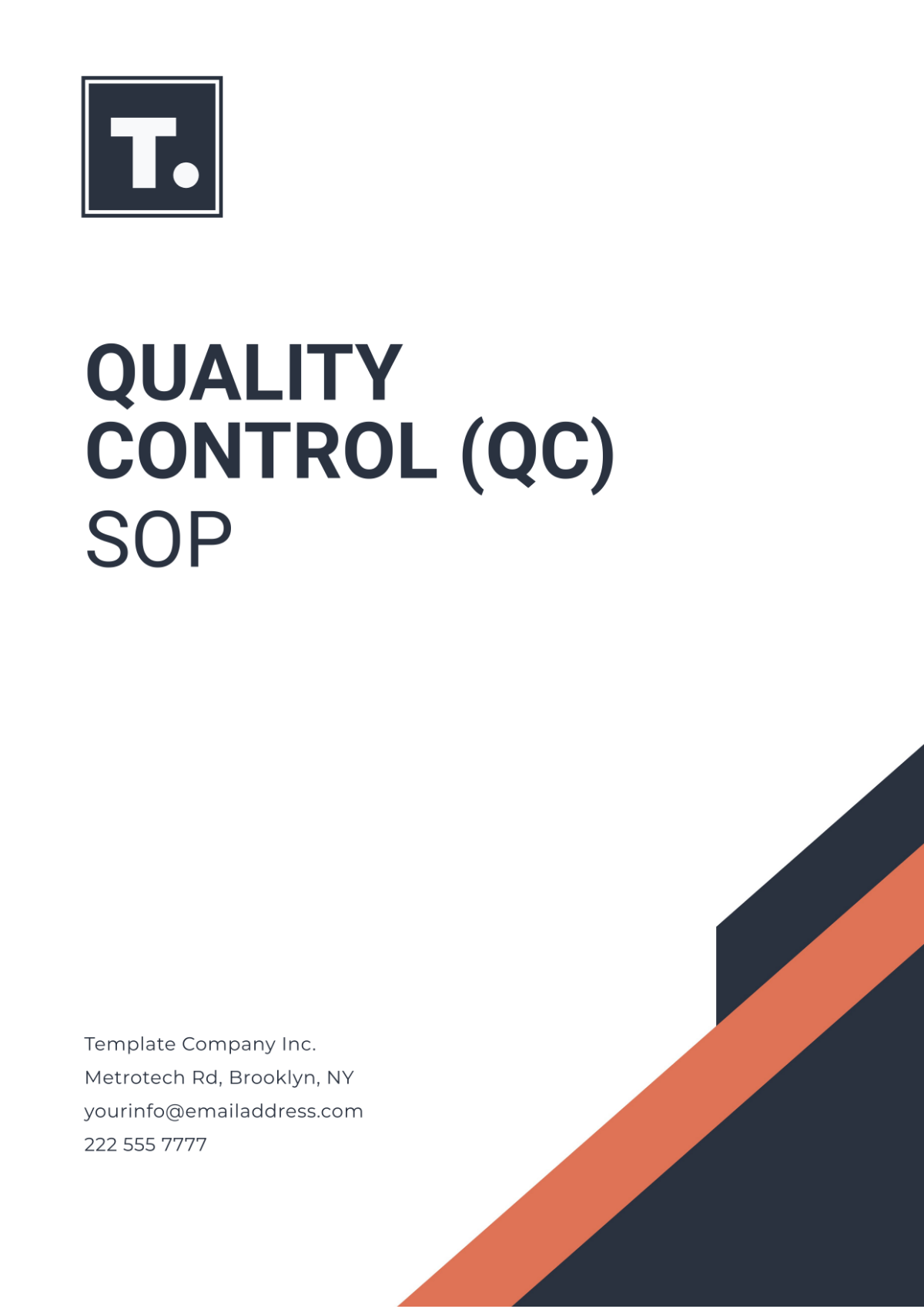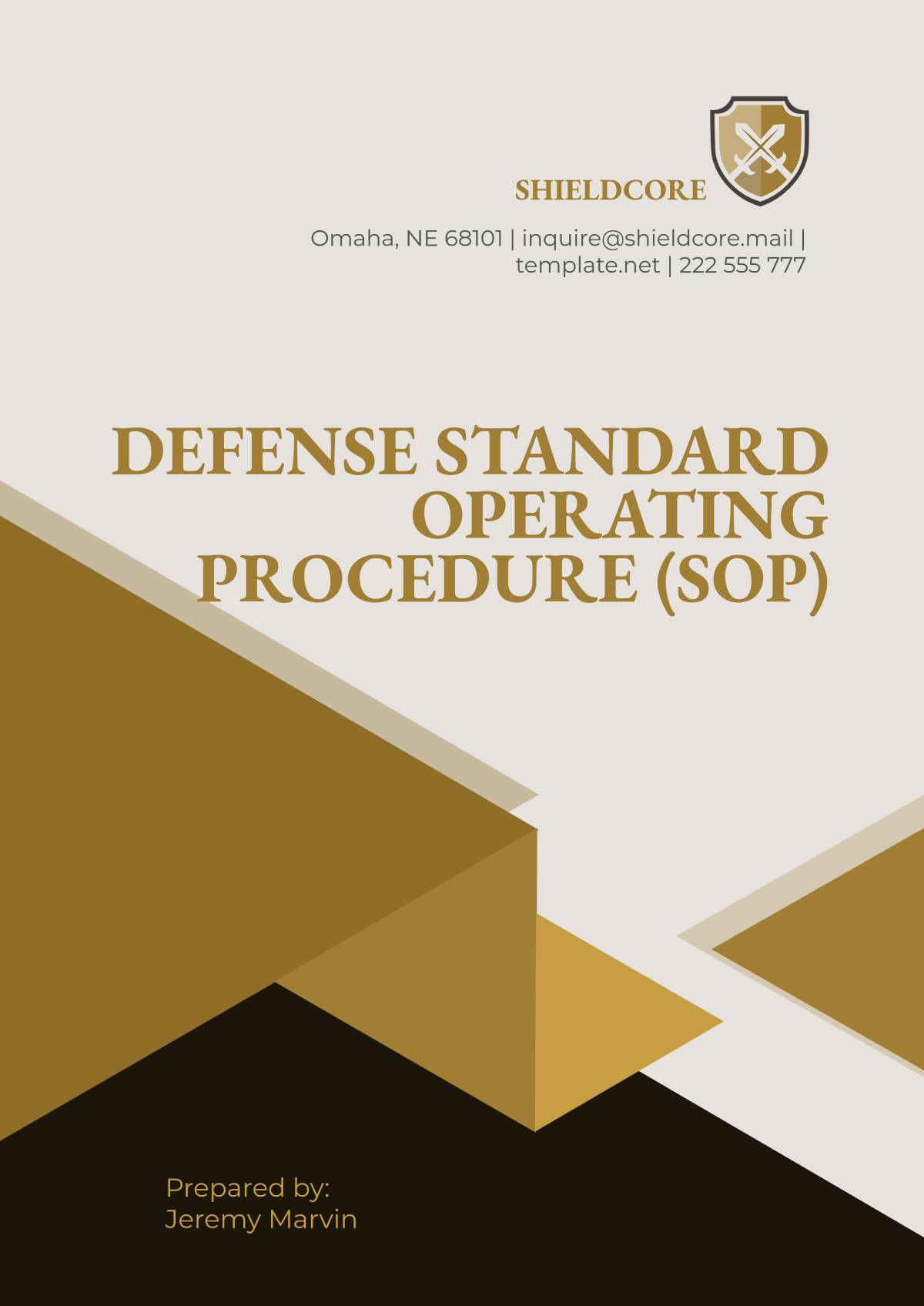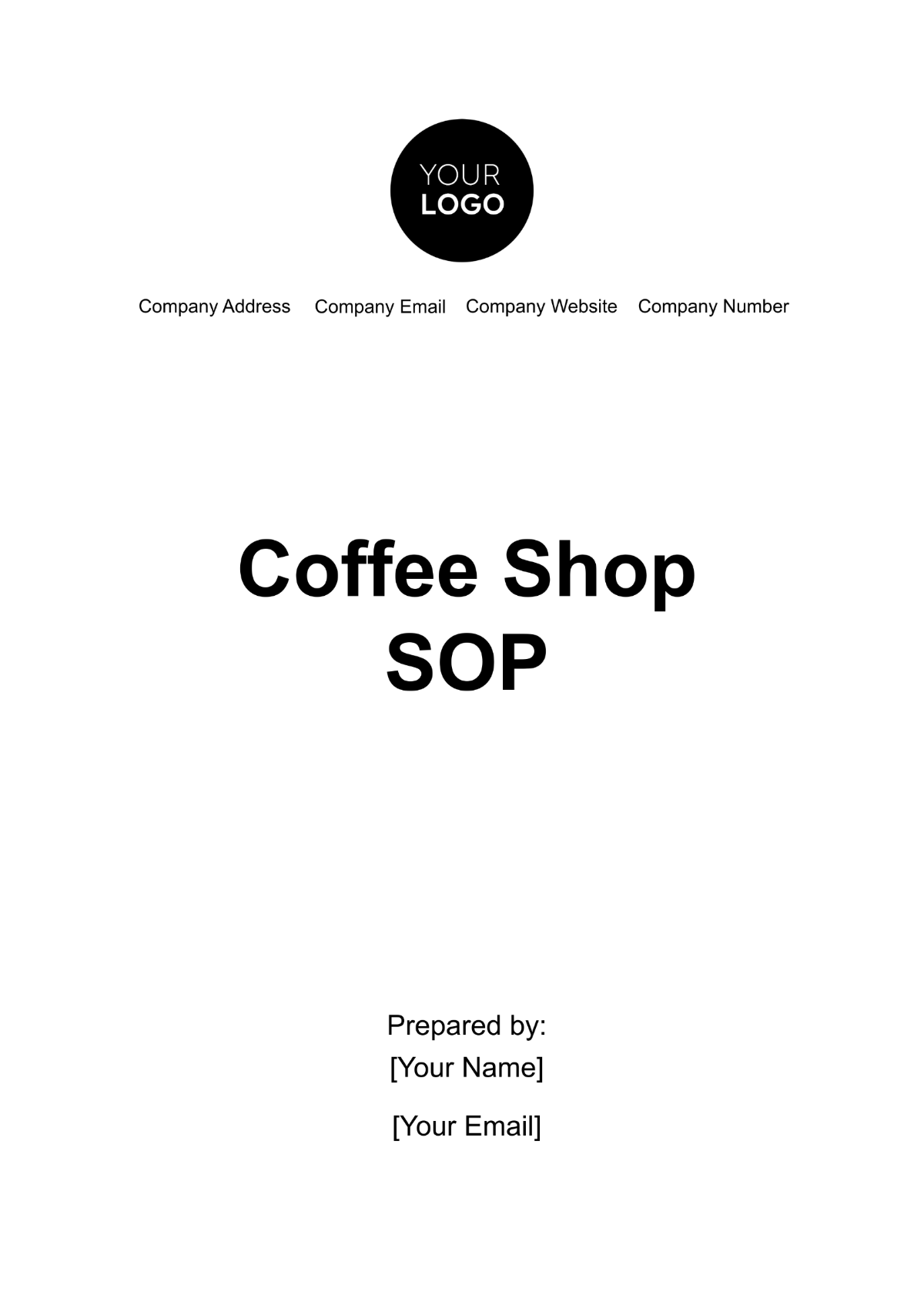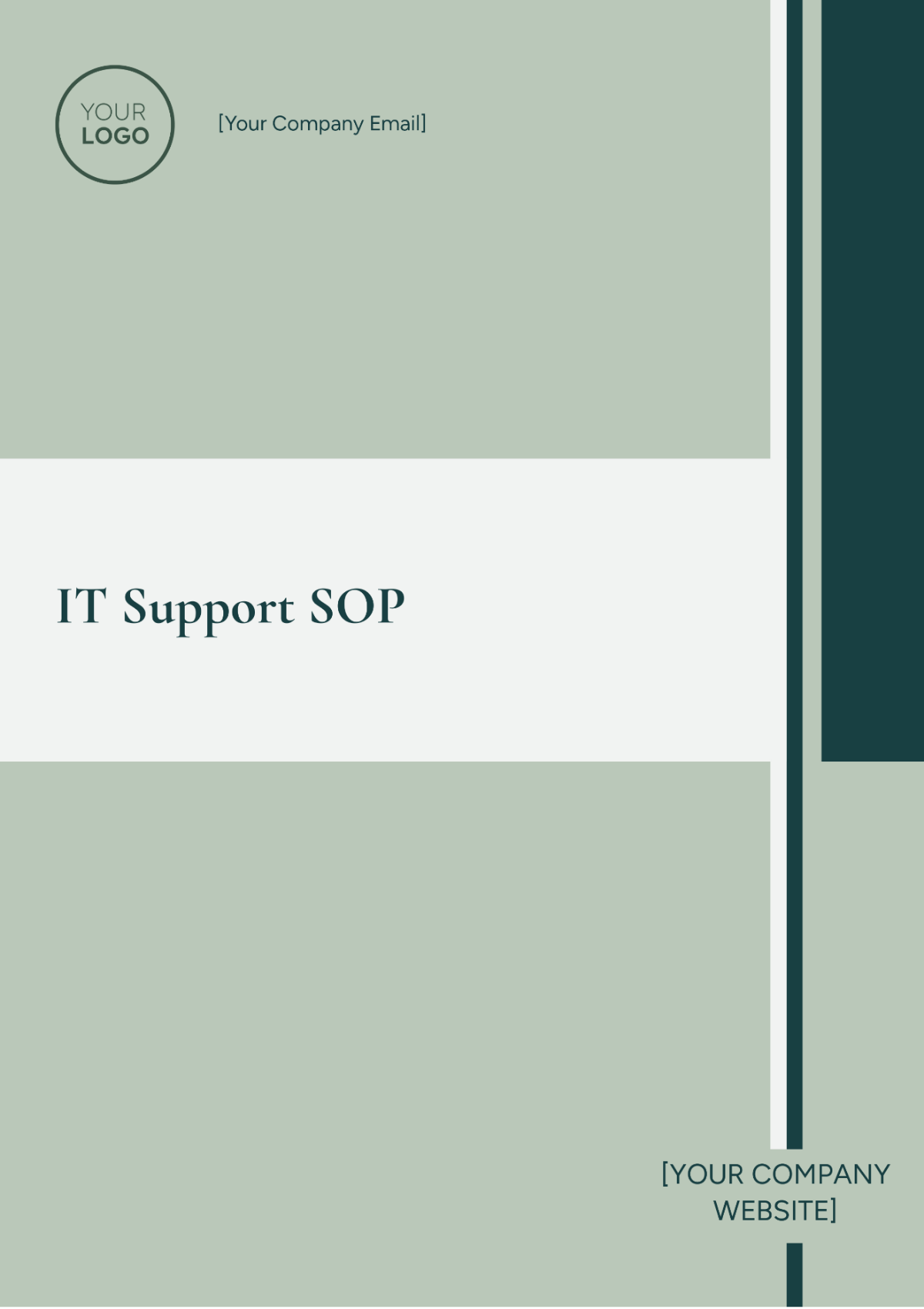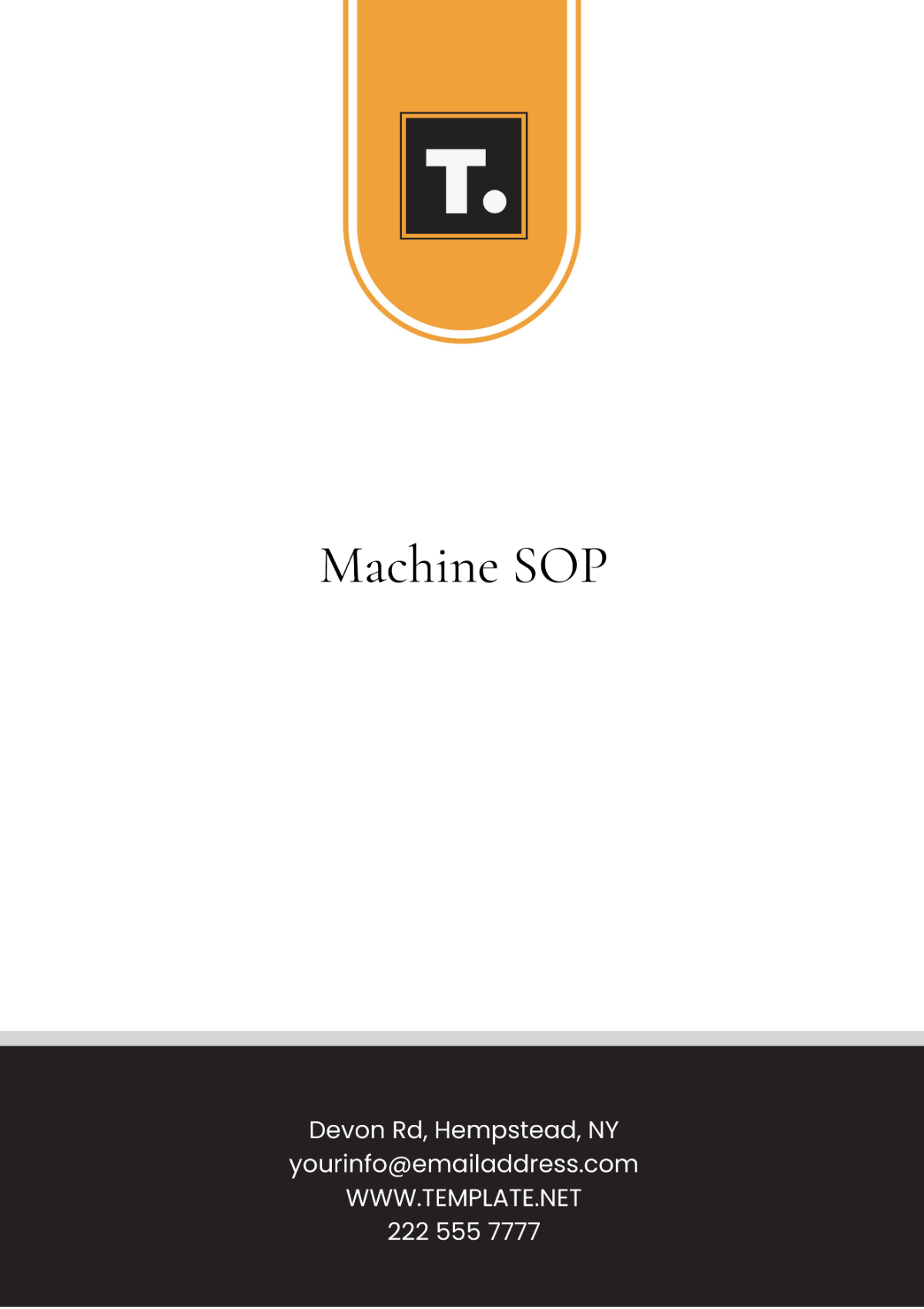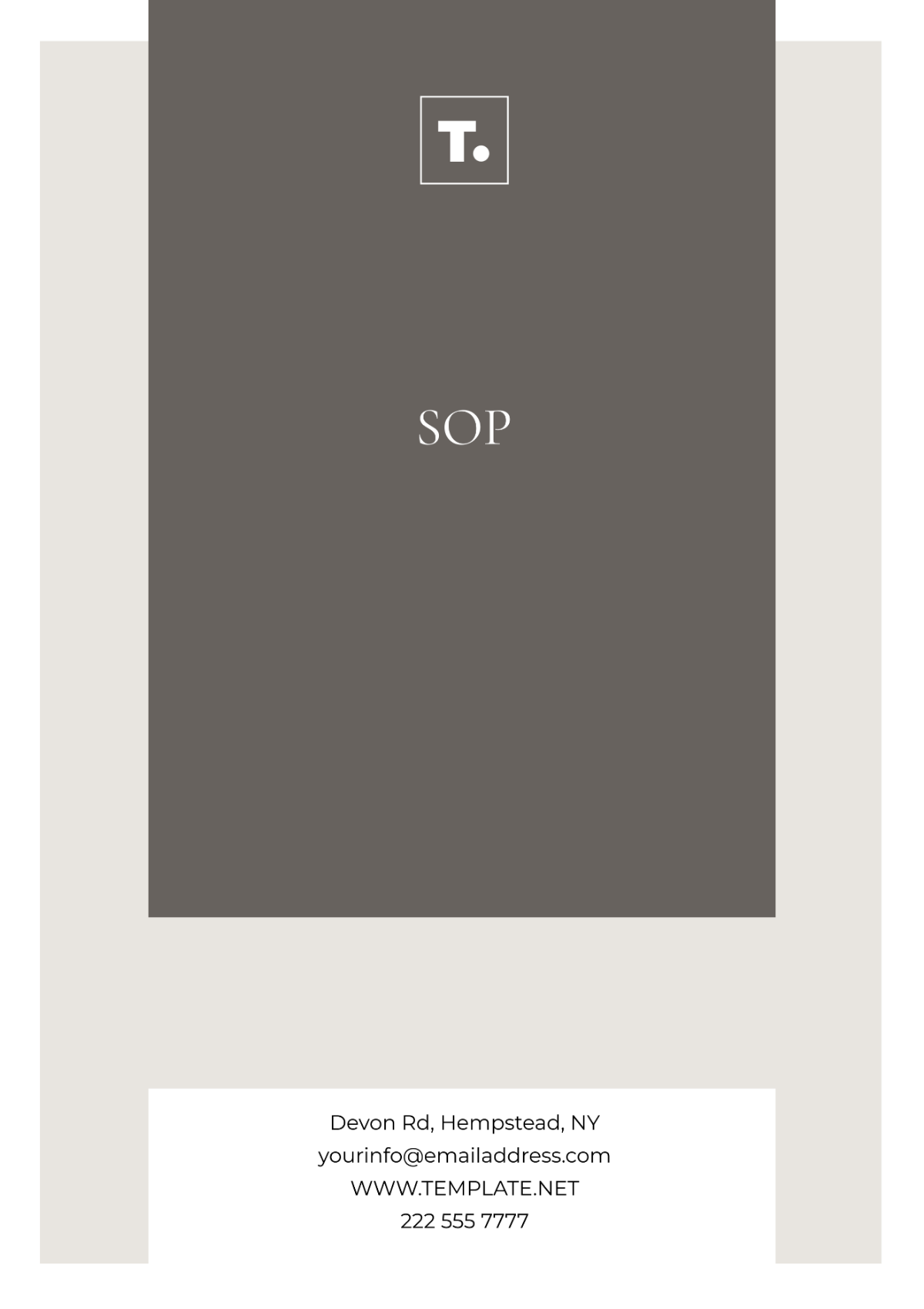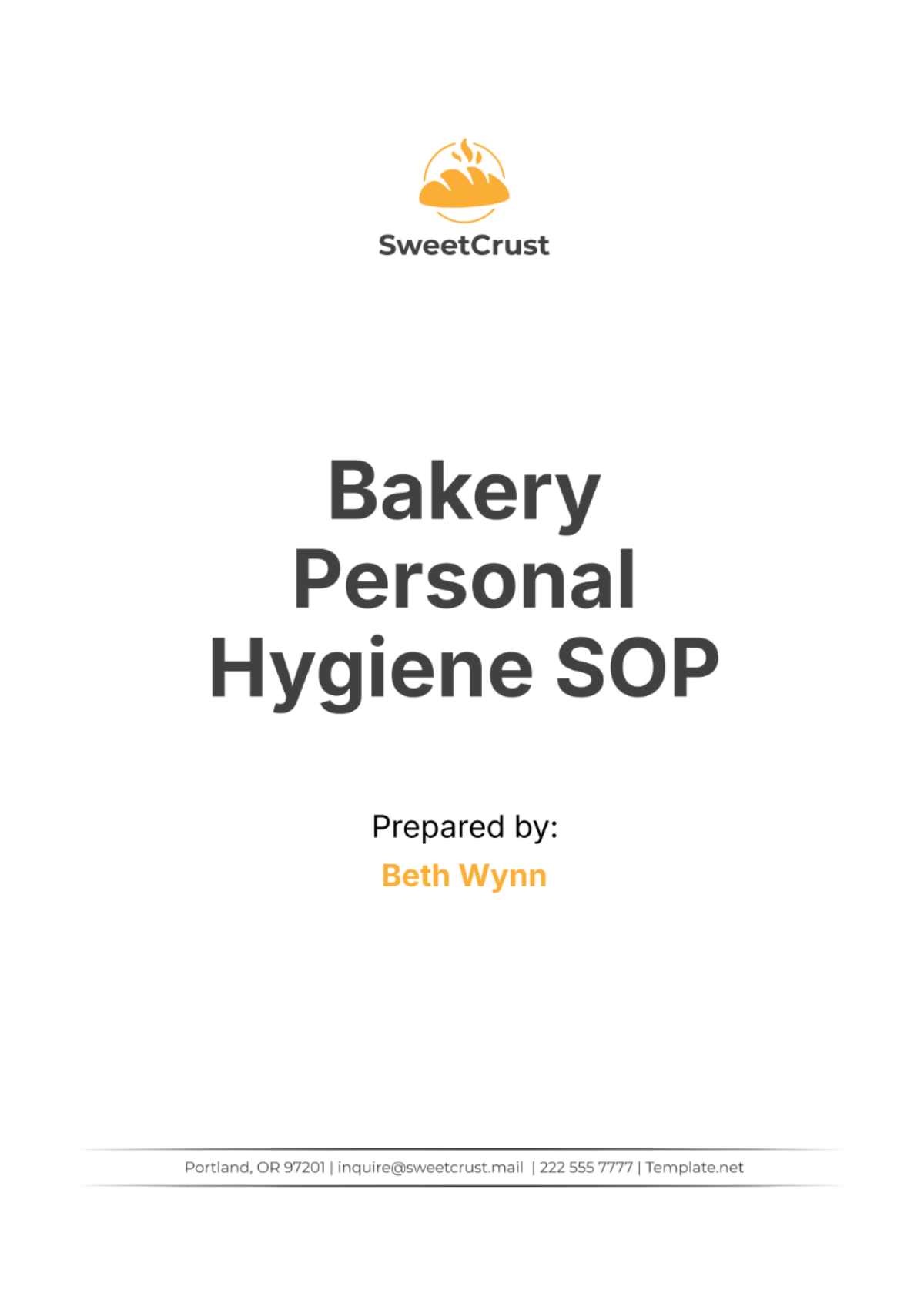Supply Chain SOP
I. Introduction
I.I Purpose:
This SOP aims to streamline and standardize the supply chain processes within [YOUR COMPANY NAME], ensuring efficiency, consistency, and compliance with industry standards.
I.II Scope:
This document applies to all employees involved in various stages of the supply chain, including procurement, production, warehousing, and distribution, within [YOUR COMPANY NAME].
I.III Applicability:
This SOP is mandatory for all relevant staff and departments within [YOUR COMPANY NAME].
II. Definitions
Glossary of Terms:
Procurement: The process of acquiring goods or services, typically involving activities such as sourcing, purchasing, and supplier management.
Inventory Management: The process of overseeing and controlling the flow of goods into and out of an organization's inventory, including activities such as stock tracking, warehousing, and inventory optimization.
III. Responsibilities
Per this SOP, the following roles and responsibilities are delineated:
Supply Chain Manager: Holds the overarching responsibility for the implementation and adherence to this SOP. This role encompasses overseeing all supply chain activities, ensuring compliance with procedures, and driving continuous improvement initiatives.
Procurement Team: Tasked with sourcing and purchasing materials or services essential for production operations. Responsibilities include supplier identification, negotiation of procurement contracts, and maintaining supplier relationships to ensure timely and cost-effective procurement processes.
Logistics Team: Entrusted with coordinating the transportation and storage of goods throughout the supply chain network. This encompasses activities such as route planning, freight management, warehouse operations, and inventory control to ensure efficient movement and storage of goods while minimizing costs and maximizing customer satisfaction.
IV. Procedure
A detailed, step-by-step guide on how to execute supply chain processes.
IV.I Procurement
Identify the need for materials or services based on demand forecasts.
Select suppliers based on criteria such as quality, price, and reliability.
Negotiate contracts and terms with selected suppliers.
IV.II Inventory Management
Receive incoming shipments and inspect for quality and quantity.
Store goods in designated warehouse locations.
Track inventory levels and reorder when necessary to maintain optimal stock levels.
IV.III Order Fulfillment
Receive customer orders and verify product availability.
Pick, pack, and ship orders to customers promptly.
Provide tracking information to customers and update order status as necessary.
V. Documentation and Records
Effective documentation and record-keeping are paramount to uphold the integrity and efficiency of supply chain processes. The following details outline the required documentation for supply chain operations:
Purchase Order Template: This template serves as a standardized format for creating and managing purchase orders. Detailed instructions are provided on how to populate and manage purchase orders, ensuring accuracy and consistency in procurement transactions. Adherence to this template facilitates clear communication with suppliers and streamlines the procurement process.
Inventory Management Log: Guidelines are established for maintaining an inventory management log to track inventory movements and levels effectively. This log provides a comprehensive record of stock inflows, outflows, and current inventory levels, enabling efficient inventory control and replenishment. Detailed instructions ensure accurate recording of inventory transactions, facilitating timely decision-making and preventing stockouts or overstock situations.
VI. Review and Revisions
Continuous review and revision of this SOP are essential to ensure its relevance and alignment with evolving supply chain processes. The following procedures govern the review and revision process:
Review Frequency: The SOP undergoes an annual review to assess its effectiveness and alignment with current supply chain practices. Additionally, any significant changes in supply chain processes prompt an immediate review to ensure timely updates.
Revision History:
Revision Number | Date | Description of Changes | Revised By |
|---|---|---|---|
1 | [DATE] | Initial Creation of SOP | [YOUR NAME] |
2 | [DATE] | Updates to reflect changes in procedures. | [YOUR NAME] |
VII. Approval
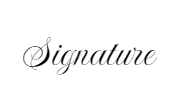
[YOUR NAME], Supply Chain Manager
[DATE]

